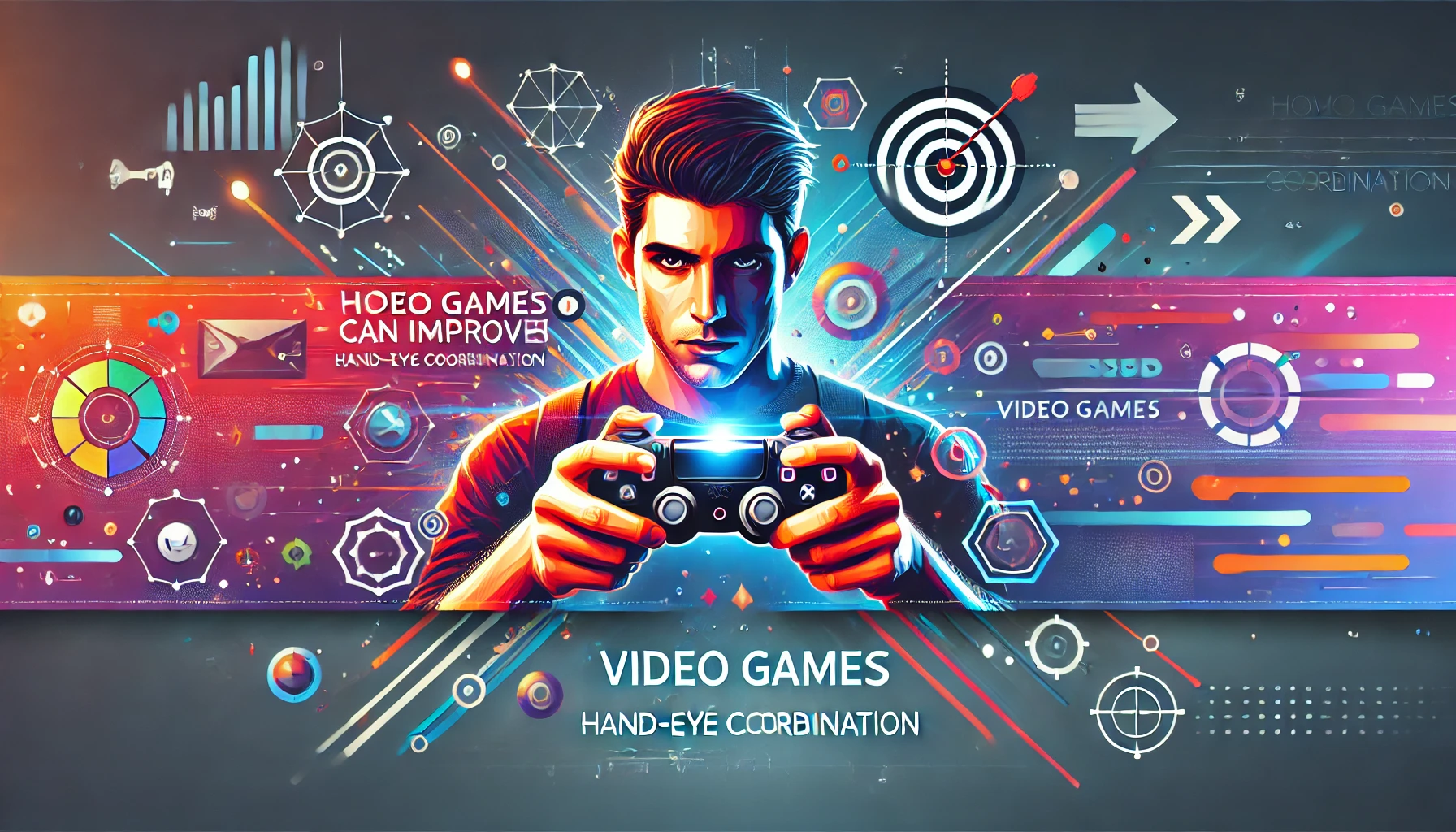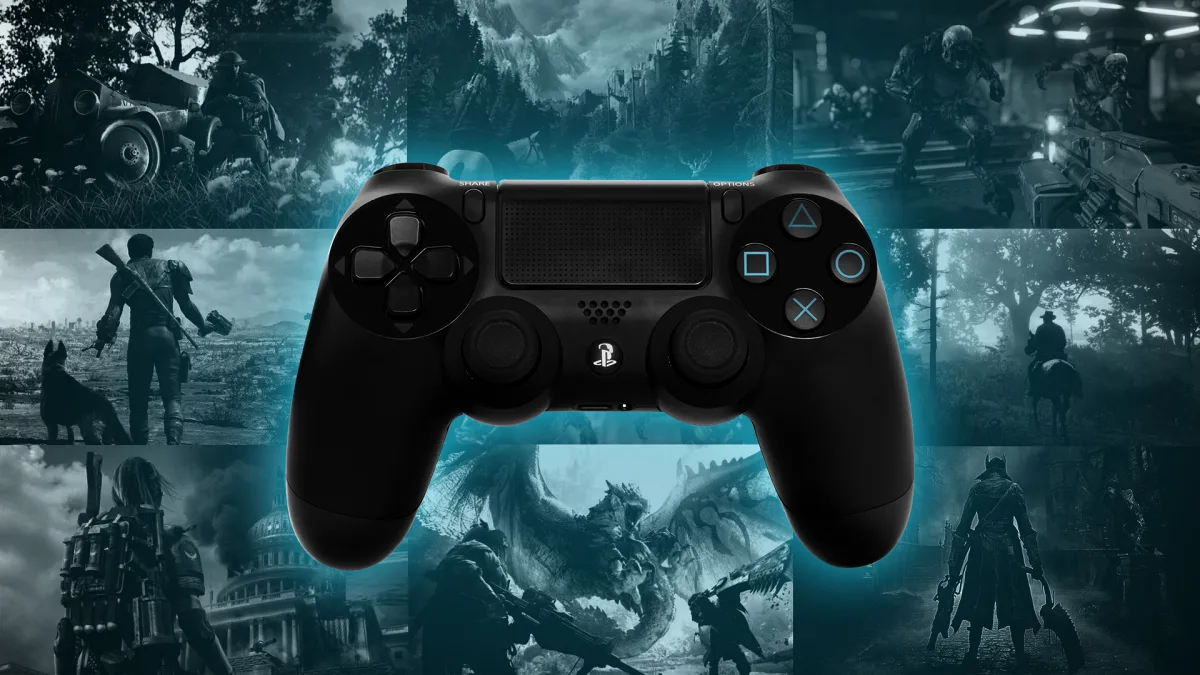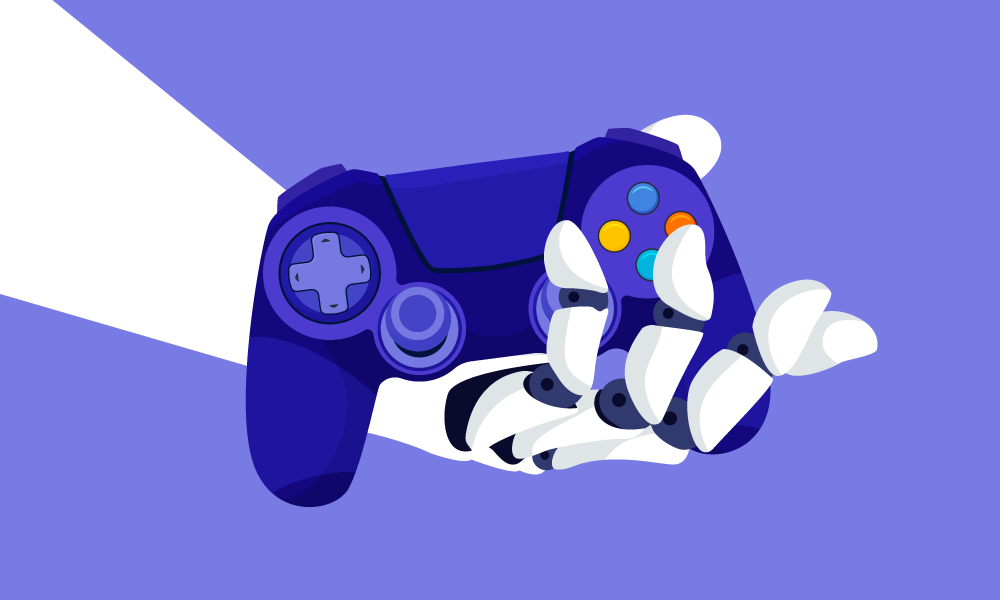Video games have become a prevalent part of modern entertainment, but beyond their recreational value, they offer significant cognitive and physical benefits. One of the most notable benefits is the improvement of hand-eye coordination, a skill that is crucial in many aspects of life, from sports and driving to everyday tasks. Here are 10 ways in which video games can enhance hand-eye coordination:
Reflex Development
Many video games, particularly action and first-person shooter games, require players to make split-second decisions. These decisions often involve rapid hand movements in response to visual cues on the screen. For example, in a game like “Call of Duty” or “Fortnite,” players must quickly aim and shoot at moving targets while avoiding incoming attacks. This high-pressure environment trains players to react swiftly and accurately, enhancing their reflexes. Over time, these repeated actions build stronger neural connections between the eyes and hands, resulting in faster reaction times and better reflex development.
Precise Movement Control
Video games often require precise control over characters or objects, such as guiding a character through a narrow path or accurately targeting enemies. Games like “Super Mario Odyssey” or “Overwatch” demand meticulous thumbstick control or mouse movements to navigate complex environments or land precise shots. This precision practice helps players improve their ability to coordinate small, controlled movements, translating to improved fine motor skills and hand-eye coordination in real-world activities like typing, drawing, or playing musical instruments.
Timing and Rhythm
Rhythm-based games such as “Guitar Hero,” “Dance Dance Revolution,” or “Beat Saber” challenge players to sync their movements with visual or auditory cues. Players must press buttons or make specific movements at exactly the right moment to score points. These games improve timing and rhythm, which are critical aspects of hand-eye coordination. By practicing timing and rhythm, players develop better anticipation skills and an enhanced ability to perform tasks that require precise timing, such as dribbling a basketball or playing a piano.
Visual Processing
Video games, especially fast-paced ones like “League of Legends” or “Valorant,” require players to quickly process visual information and make rapid decisions. Players must keep track of multiple elements on the screen, such as enemy movements, power-ups, and environmental hazards. This constant visual analysis sharpens visual processing skills, enabling the brain to interpret and respond to visual stimuli more effectively. Enhanced visual processing allows players to coordinate their hand movements more accurately with what they see, leading to better performance in both gaming and real-life scenarios like driving or sports.
Multi-Tasking
Many strategy and simulation games, such as “StarCraft II” or “The Sims,” require players to manage multiple tasks simultaneously. In these games, players might need to control various units, build structures, and plan strategies all at once. This multitasking enhances cognitive flexibility and the ability to switch between tasks without losing focus. By engaging in multiple activities that require different hand movements and visual attention, players improve their capacity to coordinate their hands and eyes while juggling several actions simultaneously. This skill is valuable in real-life situations, such as cooking a meal while keeping an eye on the stove and chopping vegetables.
Dynamic Adaptation
Video games often feature dynamic environments that change unpredictably, requiring players to adapt their strategies and movements on the fly. For example, in games like “Apex Legends” or “Rocket League,” the playing field is constantly changing, and players must quickly adjust their movements and tactics to keep up with the action. This constant need for adaptation trains players to be more flexible and responsive, improving their hand-eye coordination as they learn to anticipate and react to changes in their environment.
Fine Motor Skills
Video games that use intricate control schemes, such as those involving a mouse and keyboard for PC games or complex button combinations on a console controller, help develop fine motor skills. For instance, games like “World of Warcraft” or “Dark Souls” require precise button presses and quick switching between different commands or spells. This constant practice with fine motor control helps players refine their ability to make small, precise movements with their fingers, enhancing their overall hand-eye coordination. These skills are transferable to real-world activities requiring dexterity and precision, such as surgery, crafting, or playing an instrument.
Spatial Awareness
Many video games require players to navigate three-dimensional spaces or solve puzzles that involve spatial reasoning. Games like “Minecraft,” “Portal,” or “Assassin’s Creed” challenge players to understand and manipulate virtual spaces, improving their spatial awareness and understanding of depth and distance. By engaging in activities that require players to judge spatial relationships and coordinate their movements accordingly, video games help improve spatial reasoning and hand-eye coordination. This skill is particularly beneficial in activities like driving, where understanding spatial relationships and reacting accordingly is crucial.
Muscle Memory
Repetitive actions in video games build muscle memory, allowing players to perform certain tasks more efficiently over time. For example, in a fighting game like “Street Fighter” or “Tekken,” players repeatedly perform complex combinations of moves that require precise timing and button presses. Over time, these repeated actions become ingrained in muscle memory, allowing players to execute them automatically without conscious thought. This development of muscle memory enhances hand-eye coordination, as players can react faster and more accurately to visual stimuli. Muscle memory is also valuable in real-life situations, such as playing sports or performing tasks that require repetitive motions.
Cognitive Engagement
Video games are not only physically engaging but also mentally stimulating. They require players to pay attention, process information, make decisions, and execute actions all at once. Games like “Civilization” or “The Legend of Zelda: Breath of the Wild” challenge players to think strategically while also controlling their characters’ movements. This cognitive engagement creates a powerful synergy between the mind and body, enhancing hand-eye coordination by training players to maintain focus and execute precise movements simultaneously. Improved cognitive functions, such as attention and perception, directly translate to better hand-eye coordination in real-life activities that require both mental and physical involvement, such as sports, driving, or playing an instrument.



